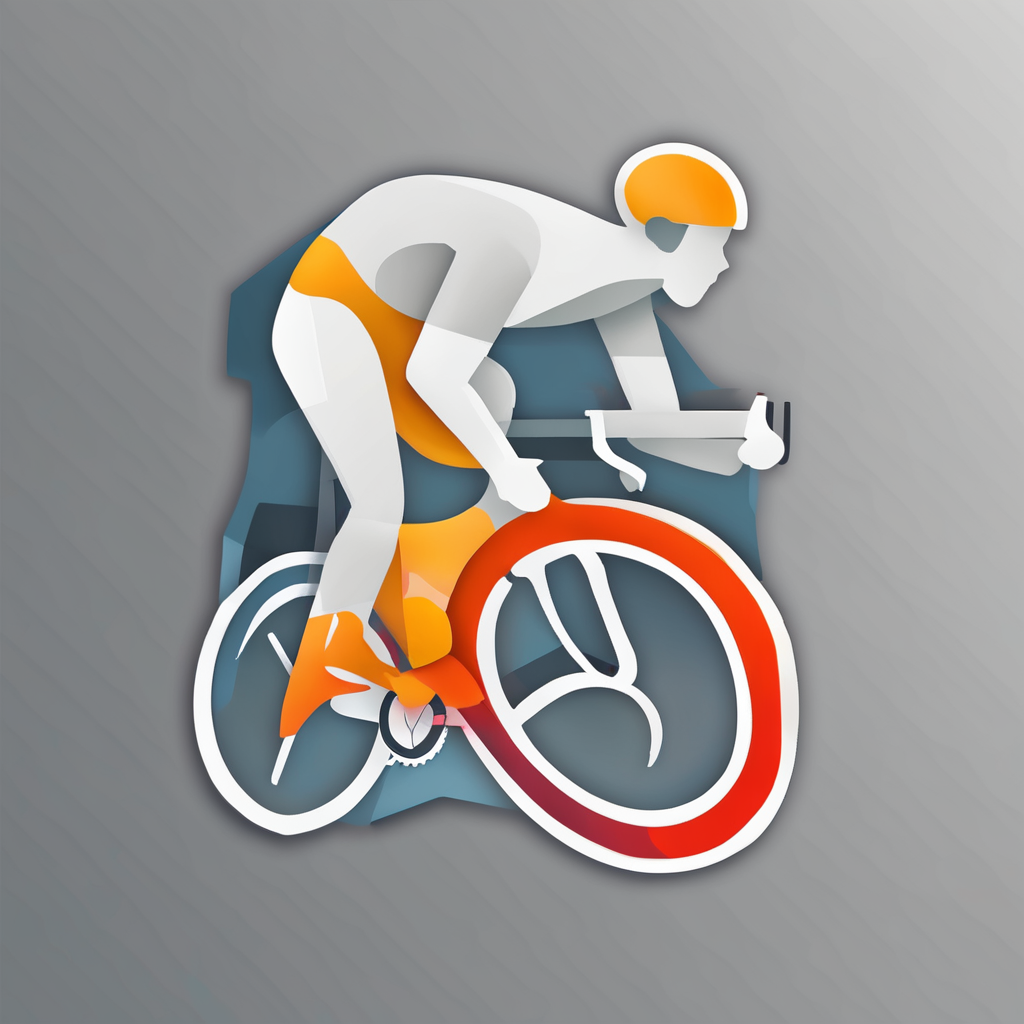Understanding Reaction Speed in Badminton
In the sport of badminton, reaction speed is a crucial factor that significantly influences a player’s capability to compete effectively. It refers to how quickly an athlete can respond to stimuli, be it a shuttlecock coming their way or an unexpected change in play. The dynamics of badminton demand rapid reflexes, as players must constantly adjust to fast-paced volleys and the opponent’s maneuvers.
Several factors contribute to an athlete’s reaction speed. These include inherent physical attributes, such as quick-twitch muscle fibers, and external influences like consistent training and mental sharpness. When players refine these elements, they experience improved agility and responsiveness on the court.
Additional reading : Mastering Field Hockey: Designing a Sprint-Optimized Conditioning Plan for Peak Performance
An athlete’s performance in badminton is directly linked to their reaction speed. The ability to swiftly intercept shots, maintain fluid court movements, and anticipate opponents’ actions enhances overall gameplay. As such, developing this skill is of immense importance for achieving competitive excellence. Players need to focus on refining both their physical and mental faculties to ensure they remain one step ahead during matches, showcasing the dynamic nature and demands of badminton.
Tailored Workouts for Enhancing Reaction Speed
Incorporating tailored workouts into a badminton training regimen is essential for optimizing reaction speed. These workouts are designed with an athlete’s specific needs and goals in mind, ensuring they are both effective and engaging.
Have you seen this : Mastering Tennis: Unleash Your Potential with Match Play Analytics for Game Enhancement
Overview of Tailored Workouts
Tailored workouts focus on enhancing an athlete’s physical abilities such as agility, coordination, and reflexes, all crucial for badminton. Developing these attributes can lead to quicker responses during matches.
Assessing Individual Needs
Before designing a training plan, it is vital to assess the individual needs of each player. Understanding a player’s current skill level and physical capabilities allows for the customization of workouts that address specific weaknesses while enhancing strengths.
Setting Goals for Reaction Speed
Setting goals for reaction speed is a key component of these workouts. Clear, measurable benchmarks like reducing shuttlecock interception time or increasing the speed of footwork can guide progress. This also helps in maintaining motivation, with athletes seeing tangible improvements over time. By aligning fitness training with sport-specific drills, athletes can achieve a balanced approach, leading to improved performance on the court.
Key Drills to Improve Reaction Speed
In the quest to enhance reaction speed, badminton players can benefit from specific drills designed to boost agility and responsiveness. These exercises are targeted to refine the quick reflexes necessary for the sport.
Reaction Ball Drills
Reaction ball drills introduce unpredictability into training routines. By utilising beeping or swooshing balls, players can sharpen their reflexes, as these devices create sudden and unexpected movements. This prepares athletes to respond swiftly to unexpected shots during matches.
Shadowing Techniques
Shadowing techniques involve mimicking the movements of an opponent or a coach without the use of a shuttlecock. Players enhance their agility training by anticipating and reacting to these movements, thus honing their ability to maintain proactive positioning during play.
Partner Reaction Drills
In partner reaction drills, two players collaborate to execute rapid exchanges. One player must react to shots fired by the other, which encourages quick decision-making and strengthens coordination. This form of badminton drills is valuable for developing seamless team dynamics and swift on-court responses, crucial for competitive success.
Integrating Workouts into a Regular Training Regime
Incorporating training integration into a regular schedule is vital for badminton players looking to enhance reaction speed. Organizing a balanced workout schedule ensures maximum benefit from exercises, while allowing sufficient time for recovery. Establishing a routine with consistent practice is essential. It creates rhythm and builds habits, important for maintaining progress over time.
For effective training integration, athletes should dedicate specific sessions each week to reaction drills. For instance, devoting three days to agility and speed exercises, interspersed with strength training, can foster all-rounded capability. To optimize results, it’s crucial to factor in rest periods, ensuring muscles repair and grow stronger.
Nutrition also plays a pivotal role in performance enhancement. Consuming a diet rich in proteins and vitamins supports muscle recovery and growth, while proper hydration helps maintain energy levels during workouts. Regular tracking of progress is beneficial too. It allows athletes to gauge their improvements and adjust the intensity or frequency of workouts as needed, ensuring continual advancement towards their speed enhancement goals.
Expert Tips for Maximizing Reaction Speed Training
To truly elevate a player’s reaction speed, integrating both physical and mental strategies is paramount. Here, we explore expert advice and insights that can refine these crucial skills in badminton.
Importance of Mental Training
Mental training is essential for enhancing reaction speed. It sharpens focus and readiness, enabling players to be mentally prepared for rapid exchanges on the court. This aspect of training ensures athletes maintain composure and react swiftly under pressure.
Role of Visualization Techniques
Visualization techniques offer tactical advantages, allowing players to mentally rehearse matches and foresee potential plays. By imagining scenarios and their responses, players prepare their minds for swift and accurate reactions, translating into better on-court performance.
Feedback and Self-Assessment
Engaging in regular feedback and self-assessment is vital. Coaches and fellow players can provide objective insights into performance, highlighting areas for improvement. Players benefit from understanding their strengths and weaknesses, adapting their training strategies for better efficiency, and optimizing reaction drills and techniques.
